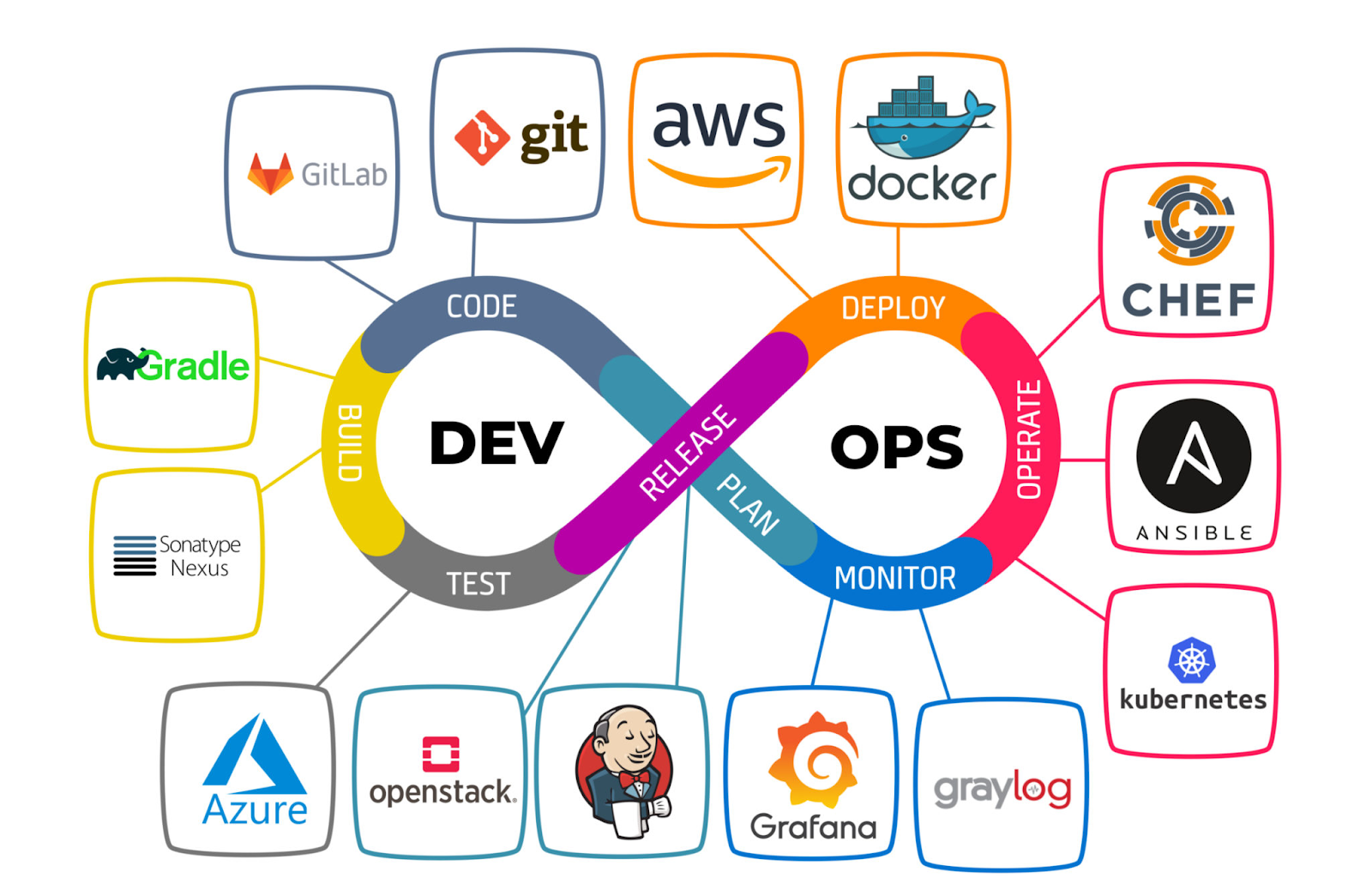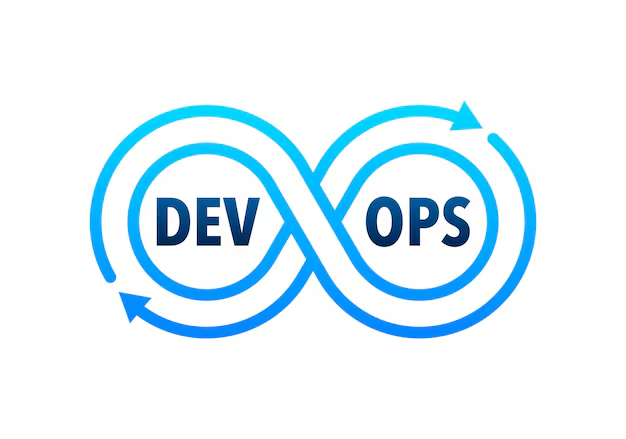SRE/DevOps Syllabus

DEVOPS/SRE Principles. Git What is Git? Architecture of Git. Working principle of Git. Create and cloning a repo. Version control branching. Version control commit. Version control managing workflows. Git hooks. Git Reflog. Git Stash. Git Cherry Picking. Undoing changes in different states of Git. Git based terraform template management. AWS CI/CD SDLC Automation. Code Commit. Code Build. Code Deployment. Code Pipeline. Elastic Beankstalk. Code Artifact. CodeGuru. Terraform Terraform Basics. Terraform State. Working with Terraform. Terraform with AWS. Remote State. Terraform Provisioners. Terraform Import, Tainting and Debugging. Terraform Modules. Terraform Functions and Conditional Expressions. Automation using Python - AWS AWS lambda. Automating EC2 with Lambda. Automating S3 with Lambda. Automating VPC with Lambda. Cost optimization with Lambda. SNS,SQS and SES with Python. Managing and Automating AWS Security with Python. Kubernetes - CKAD Application Developer. Kubernetes A...






